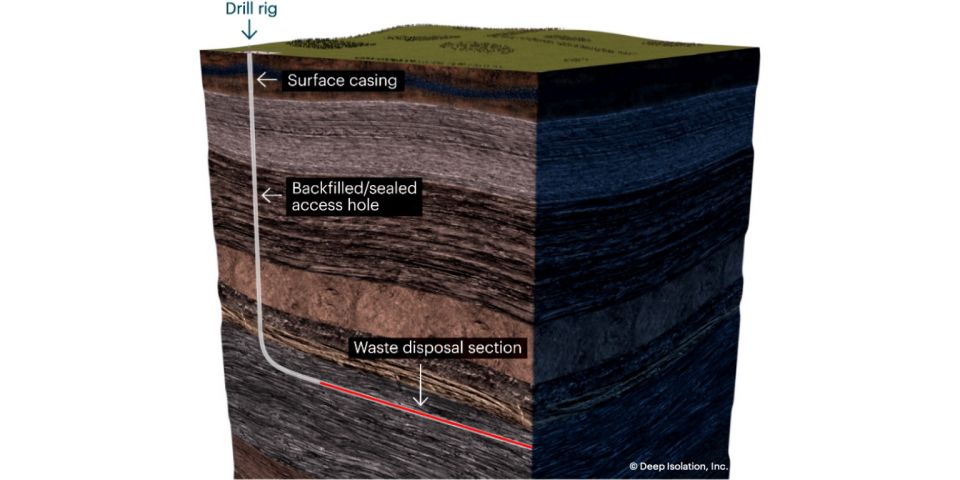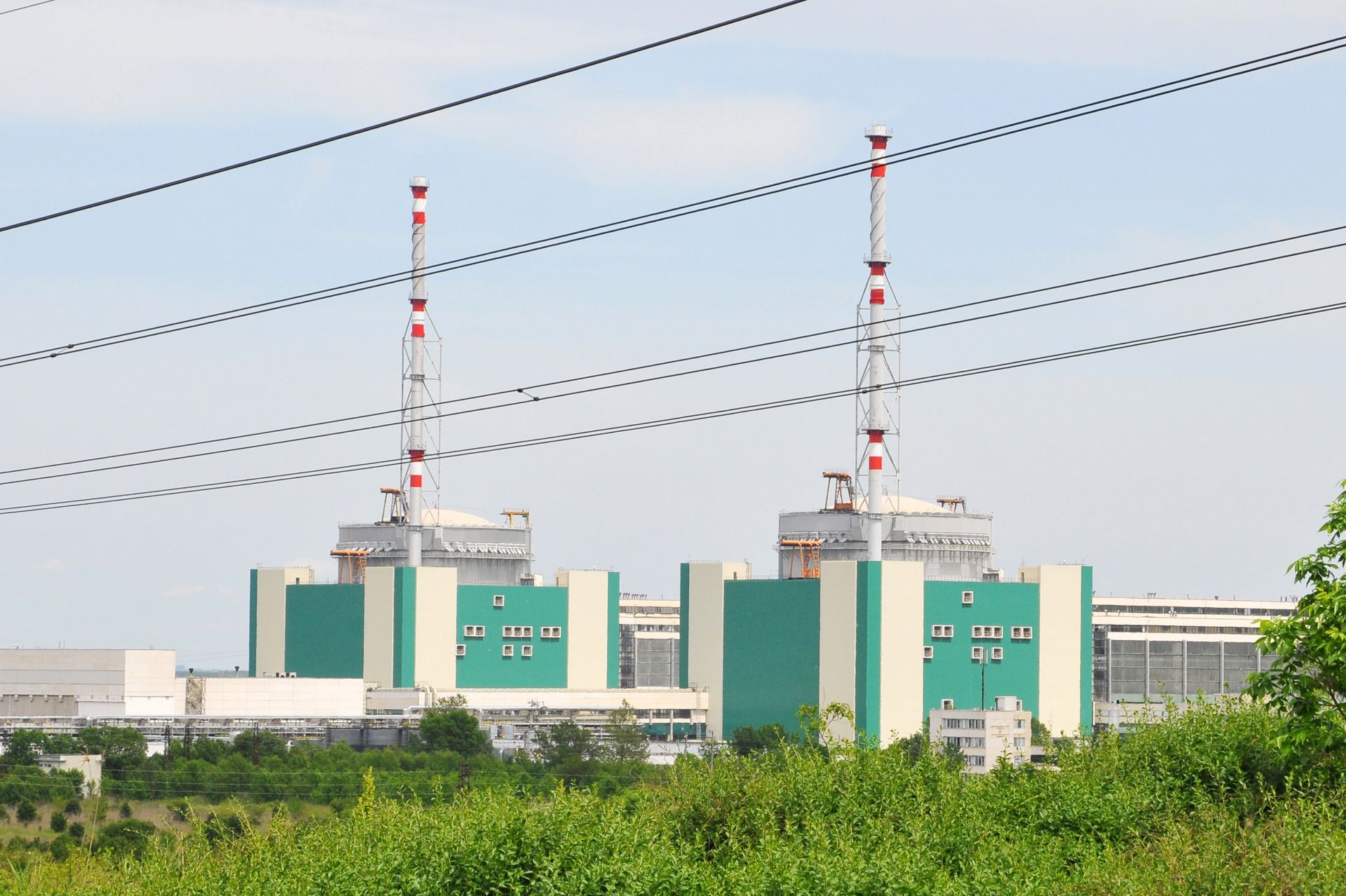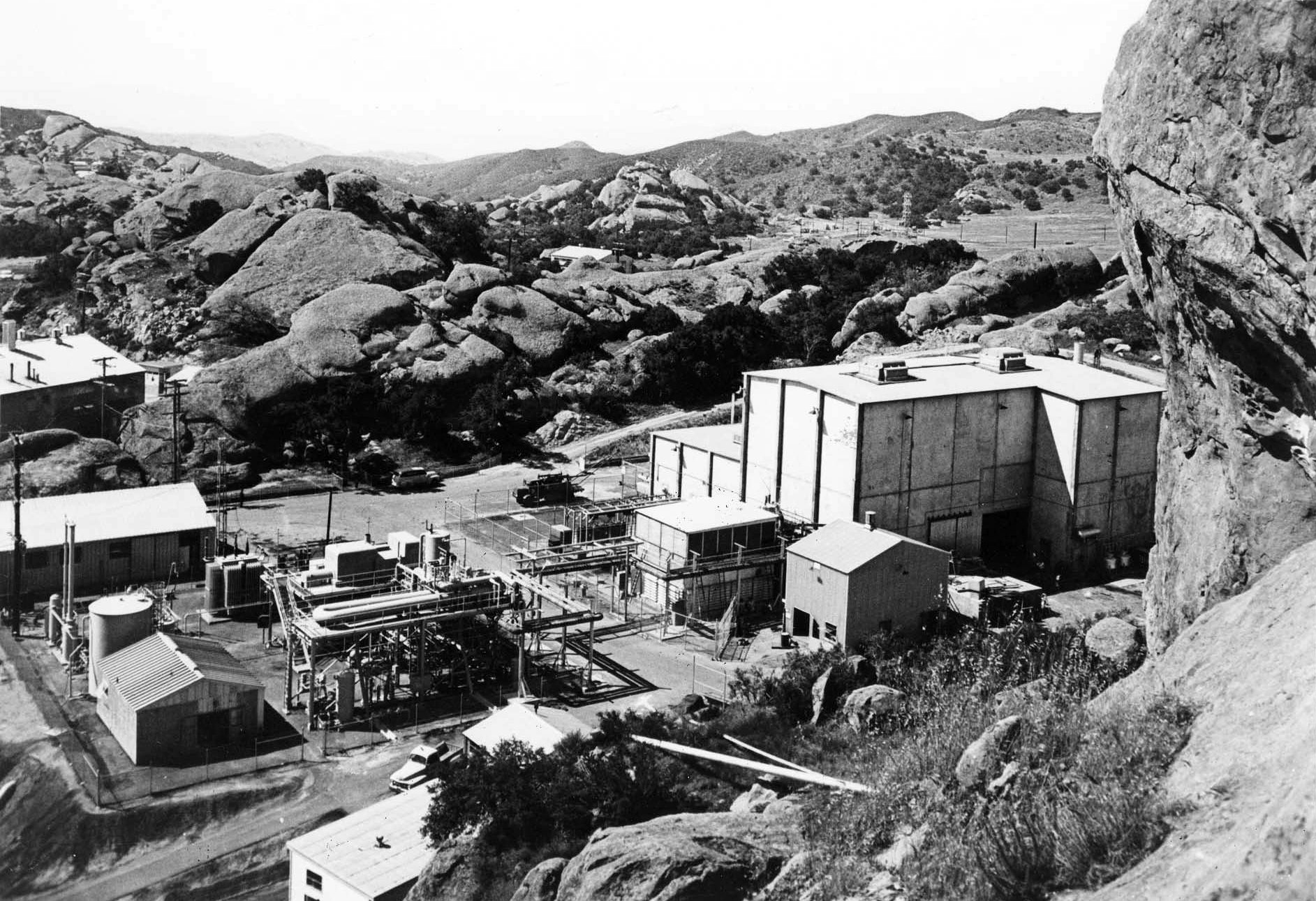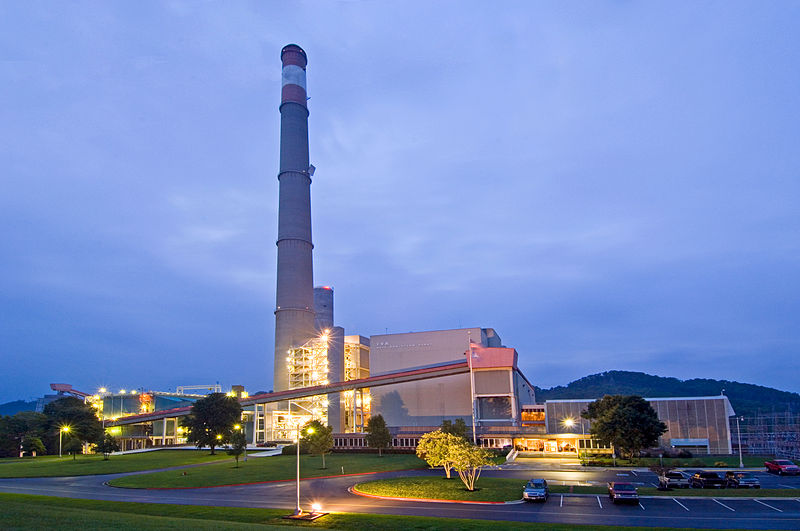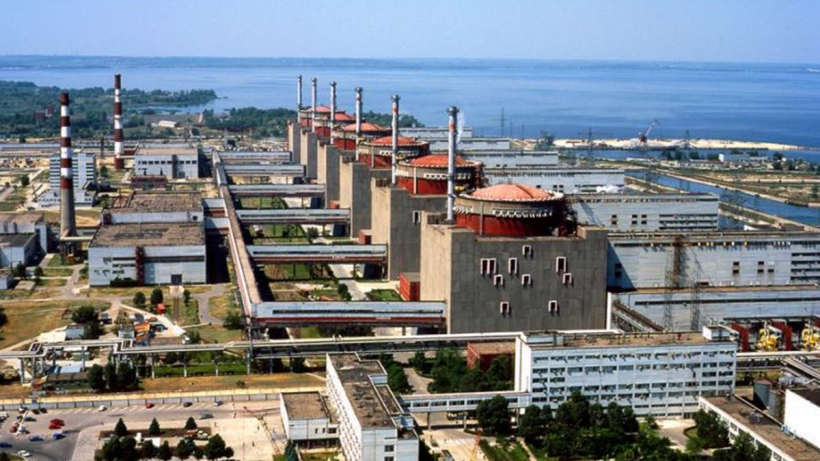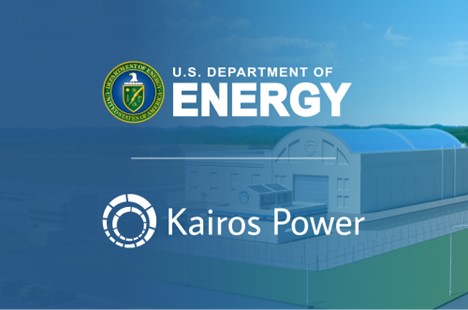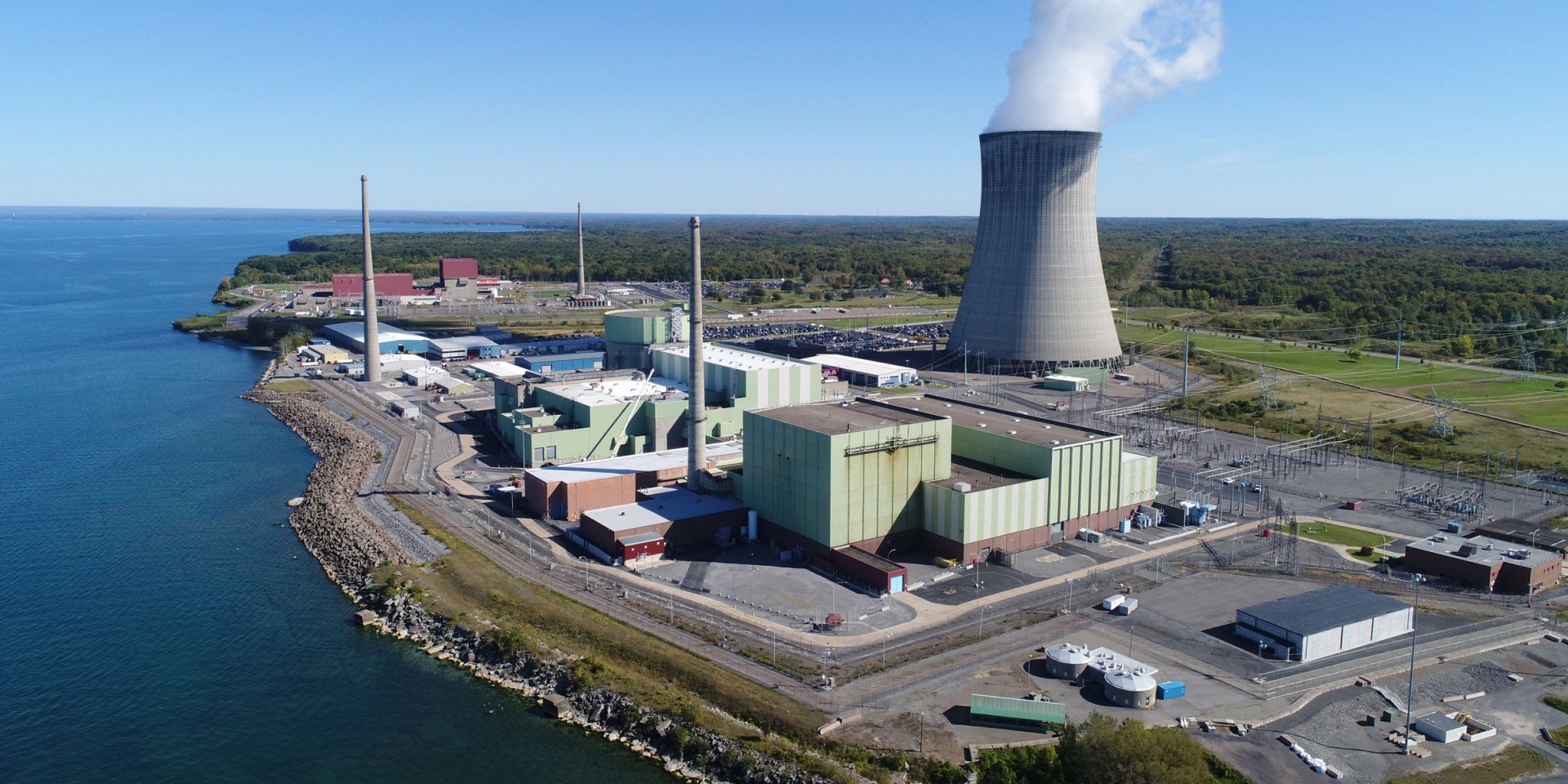Schematic of a deep horizontal borehole repository for nuclear waste. (Image: Deep Isolation)
Waste disposal start-up Deep Isolation and fusion tech company SHINE Technologies have announced the completion of a collaborative study assessing the costs of disposing of radioactive byproducts from a pilot spent nuclear fuel recycling facility.
An olive harvest. Europe produces 60 percent of the world's olive oil. (Photo: FAO)
The International Atomic Energy Agency is developing multiple methods to rapidly screen and authenticate the origin of foods like extra virgin olive oil. With recent heat waves and droughts affecting olive oil yields in Europe—which produces 60 percent of all olive oils—the European Commission has a problem: a growing black market in fake virgin and extra virgin olive oils. According to a 2022 EC report, olive oil is one of the most mislabeled food products in Europe.
Bulgaria’s Kozloduy nuclear power plant. (Photo: Gogo89873)
Bulgaria has shortlisted South Korea’s Hyundai Engineering and Construction team to build new reactors at Kozloduy nuclear power plant.
Of the five international companies to bid on the project, Hyundai E&C was the only one that met the requirements of project company Kozloduy NPP—New Builds Plc. for the commissioning and construction of two new Westinghouse Electric AP1000 reactors, the Bulgarian firm said. Bids were due February 2.
The Hinkley Point C nuclear power plant. (Photo: EDF)
The SRE nuclear facility in 1958. (Photo: DOE)
In February 1957, construction was completed on the Sodium Reactor Experiment (SRE), a sodium-cooled, graphite-moderated reactor with an output of 20 MWt. The design of theSRE had begun three years earlier in 1954, and construction started in April 1955. On April 25, 1957, the reactor reached criticality, and the SRE operated until February 1964.
TVA's Bull Run fossil plant. (Photo: TVA)
Type One Energy Group announced plans on February 21 to relocate its headquarters from Madison, Wis., to the Tennessee Valley Authority’s (TVA) Bull Run fossil plant in Clinton, Tenn., where it will build a stellarator fusion prototype machine. According to the company, the construction of the stellarator—called Infinity One—could begin in 2025, if necessary environmental reviews, partnership agreements, permits, and operating licenses are all in hand.
Zaporizhzhia nuclear power plant in Ukraine. (Photo: DOE)
Russian shelling is being blamed for damage to the single remaining power source to Ukraine’s Zaporizhzhia nuclear power plant, located on the front lines of the ongoing military conflict.
“After another attack by the Russians, the line that provided the energy supply to the Zaporizhzhia nuclear station was damaged,” Ukraine's power grid operator Ukrenergo said in a February 21 statement.
Concept art showing the proposed layout of the six-unit Jinqimen plant. (Image: CNNC)
Construction formally began this week on two new nuclear reactors in China.
The China National Nuclear Corporation held a ground-breaking ceremony to mark the first phase of construction of the Jinqimen nuclear power plant in the eastern province of Zhejiang.
The Nine Mile Point nuclear power plant in Oswego, N.Y., site of a DOE hydrogen demonstration project. (Photo: DOE)
As hydrogen production increases worldwide, some see clean hydrogen as a game-changer when it comes to decarbonizing the steel industry.
Steel production is one of the “hard-to-abate” sectors of industry, which are responsible for about 30 percent of global carbon emissions. These industries are tough to decarbonize because the technologies either do not yet exist or are considered uneconomical.
